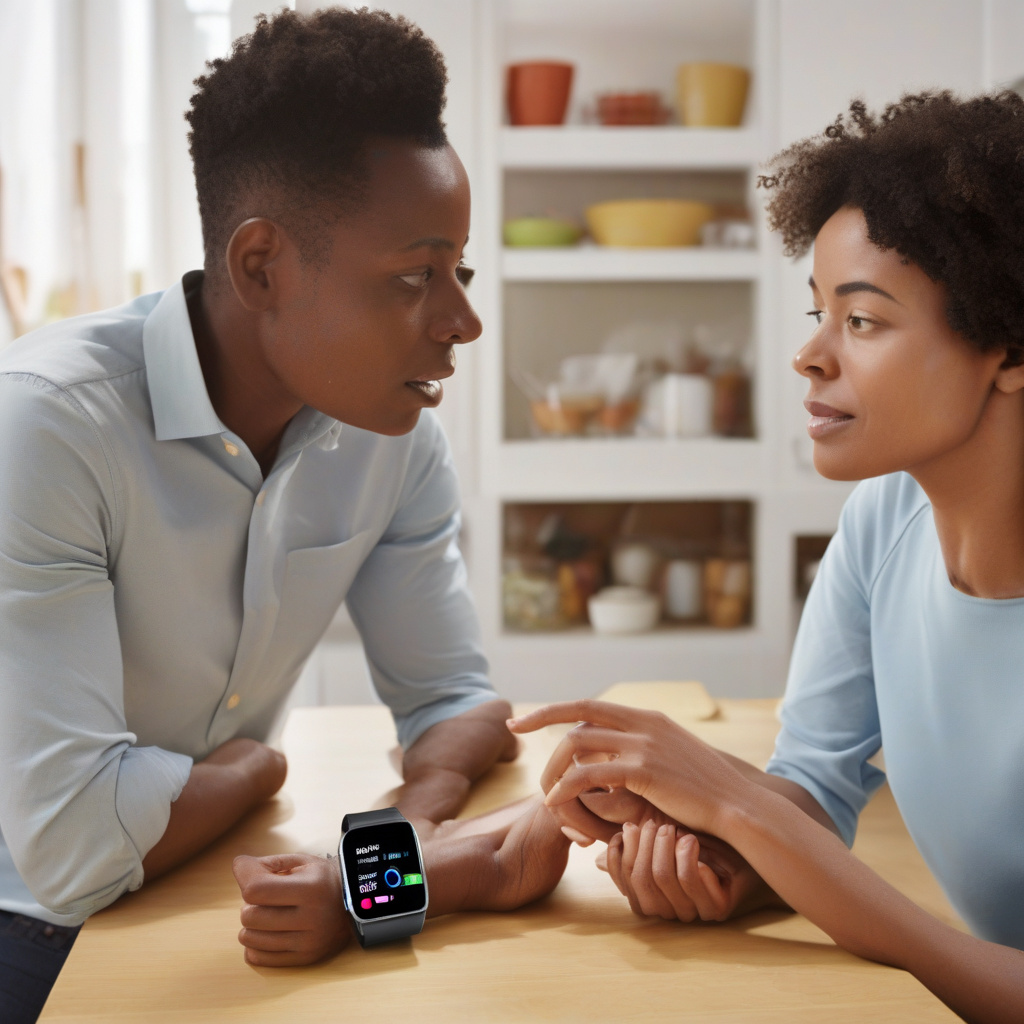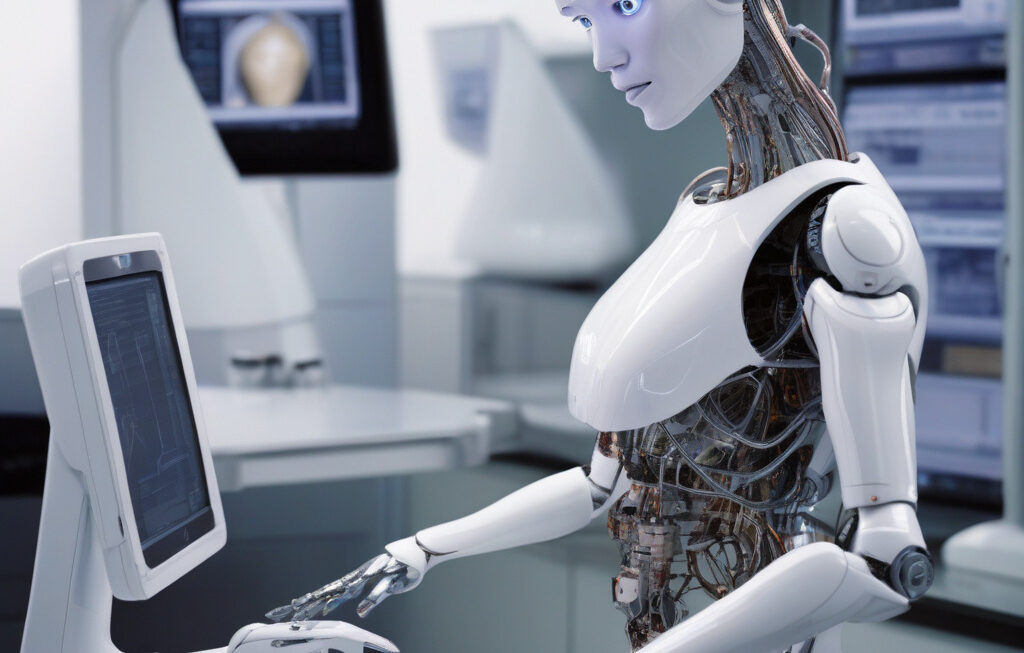No More Needle Pricks: New Wearable Tech Detects Diabetes Risk Early
No more gruesome needle pricks to monitor blood sugar levels. New research reveals that natural sweat can now be the key to detecting diabetes risk early, all thanks to innovative wearable technology. This groundbreaking advancement not only eliminates the inconvenience and discomfort of traditional monitoring methods but also opens up a world of possibilities for proactive health management.
The new wearable device, equipped with sensors that analyze sweat, can provide real-time data on glucose levels, paving the way for early detection of diabetes risk. By simply wearing the device, individuals can track their glucose levels without the need for frequent blood tests, offering a non-invasive and hassle-free alternative that revolutionizes diabetes management.
The implications of this technology extend far beyond convenience. Early detection of diabetes risk allows for timely intervention and lifestyle adjustments, potentially preventing the onset of the disease or minimizing its impact. With the global prevalence of diabetes on the rise, this innovation holds the promise of improving health outcomes and reducing healthcare costs on a large scale.
Furthermore, the use of sweat as a non-invasive medium for monitoring glucose levels showcases the power of interdisciplinary collaboration between technology and healthcare. By harnessing the body’s natural processes, researchers have developed a solution that not only enhances convenience for patients but also underscores the potential of wearable technology in transforming healthcare delivery.
In addition to its implications for diabetes management, this new wearable tech sets a precedent for the future of personalized health monitoring. By providing individuals with actionable data in real-time, wearable devices have the potential to empower users to take charge of their health and well-being proactively. From monitoring hydration levels to tracking fitness metrics, the applications of such technology are vast and promising.
As we witness the convergence of technology and healthcare in the development of wearable devices, the horizon of possibilities continues to expand. From detecting early signs of chronic conditions to enabling personalized treatment plans, wearable tech is reshaping the landscape of healthcare delivery. With each innovation that eliminates barriers to access and enhances user experience, we move closer to a future where proactive health management is the norm.
In conclusion, the advent of wearable technology that detects diabetes risk early without the need for needle pricks marks a significant milestone in healthcare innovation. By leveraging the power of sweat analysis, this technology offers a non-invasive, convenient, and proactive approach to managing health. As we embrace the era of personalized health monitoring, the integration of wearable devices into everyday life holds the promise of transforming healthcare for the better.
diabetes, wearabletech, healthtech, proactivehealth, personalizedmedicine












